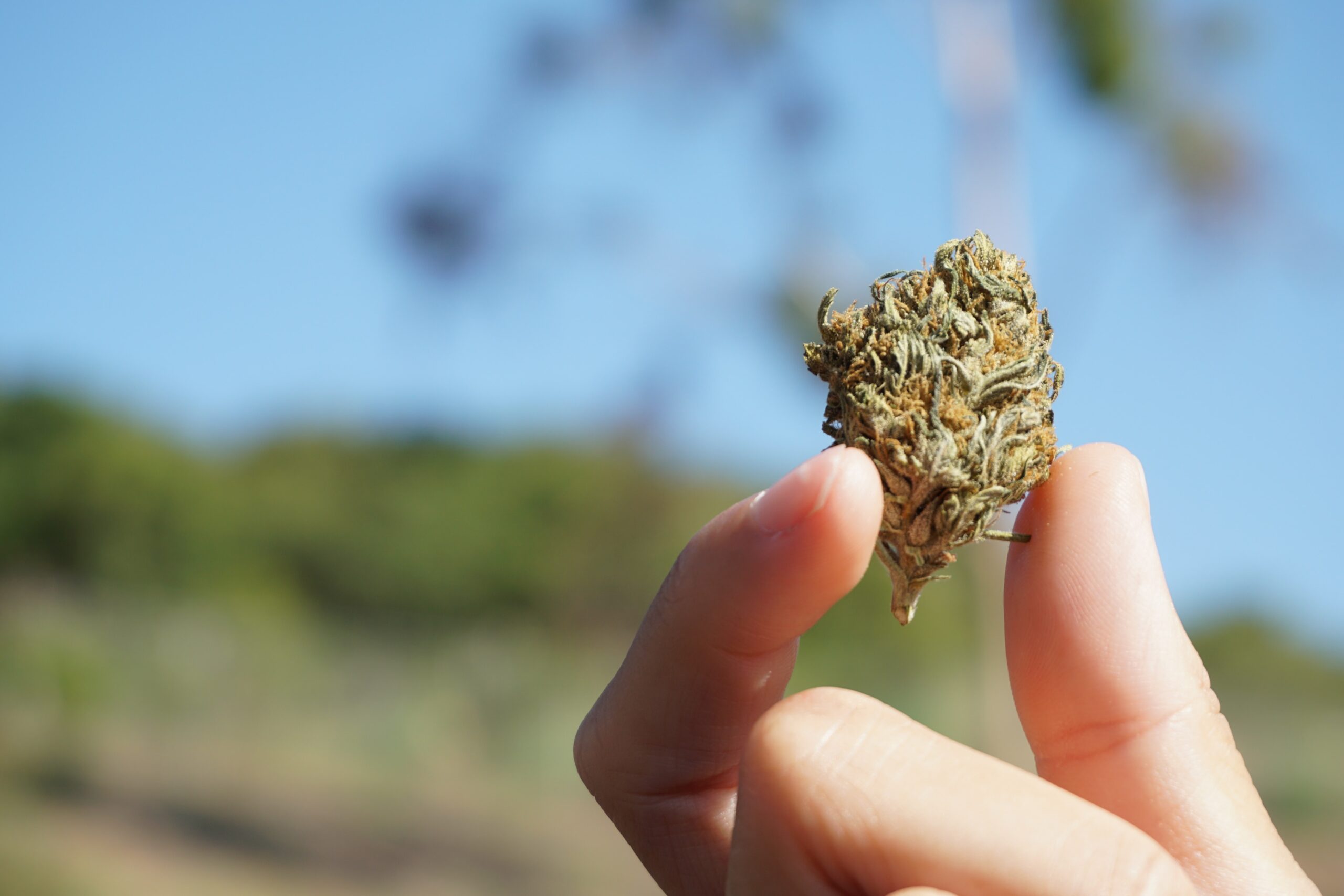News
Decarboxylation: what is it?

Foreword
We often hear that THC and CBD are molecules naturally present in hemp. This information is not entirely accurate, as cannabinoids are first present in an acid form with a slightly different molecular structure. These main acids are THCa and CBDa, the precursors of Delta-9-THC and cannabidiol. When cannabis grows, it contains only THCa and CBDa (among many other cannabinoids), not THC and CBD.
How does cannabis decarboxylation work?
Decarboxylation, whose full name is amino acid decarboxylation, is a complex process, which can be natural and/or artificial, transforming the acid forms of cannabinoids (THCa, CBDa, etc.) into their so-called active forms (THC, CBD etc.). At the molecular level, it involves the elimination of carbon dioxide (CO2) from an amino acid. This is the chemical reaction in which the carboxylic acid (the "a"), also known as COOH, is removed from an organic molecule.
Natural: As soon as the flowers are cut and dried, the phenomenon of natural decarboxylation, also known as oxidative decarboxylation, begins. The acidic forms of cannabinoids begin the process of transformation into their active form very slowly. It would take several dry years for the transformation to be complete without further intervention. It is estimated that once hemp flowers are ready for consumption (drying for two weeks), the ratio between the acid form and the active form is around 4:1, then this ratio gradually decreases. In other words, if a flower has a total CBD content of 10%, it will contain 7.5% CBDa and 2.5% CBD.
Artificial: Here, we mean anything that represents external, non-natural intervention. In order to transform all acidic forms into active forms quickly, this process is mandatory, and can take various forms, such as combustion, the heat of an oven, the heat of water, etc. Studies show that flowers need to be heated for 4 hours at 98 degrees C to achieve total decarboxylation. Below this temperature, or if the heating time is not respected, decarboxylation will not be complete. You can of course use higher heat to decarboxylate faster, but be careful not to exceed 157 degrees C, the temperature at which cannabinoid evaporation begins.
It's important to point out that decarboxylation is by no means compulsory. In fact, despite the information that's circulating, acidic forms do have certain virtues, albeit different from the active forms, but not without interest. For example, THCa has no psychoactive effects and is therefore not considered illegal. It is, however, when it undergoes decarboxylation and is transformed into THC. This is when it becomes psychoactive. CBD oils and isolates sold on the market generally undergo total decarboxylation. However, should you wish to make edible products from CBD flowers, it's up to you to carry out this step if you wish.
What conditions must be met for optimal decarboxylation?
As mentioned above, you should be very careful when cooking your CBD flowers. Indeed, too much heat could degrade them and cause a loss of the active ingredient. It is essential to differentiate between total decarboxylation and that undertaken to obtain a flower with the most active form.
Total decarboxylation, i.e. heating the flower for 4 hours at 98 degrees minimum, transforms the acid form into the active form, but also destroys a large proportion of the terpenoids and flavonoids. This method is mainly used for laboratory analysis to determine total THC levels.
As a reminder, terpenes are the source of flavors and aromas, so it would be a shame not to take full advantage of them.
If, on the other hand, the aim is to consume CBD flowers, then we advise you to opt for limited decarboxylation.
How to decarboxylate your CBD flowers with an oven?
Here is a simple and conclusive method for oven decarboxylation that you can carry out very easily at home:
- Preheat your oven to 100°C.
- Take a dish and place a baking sheet on it.
- Break your flowers into small pieces, without crumbling them, and place them on the baking sheet.
- Once the oven is hot enough, place your flowers in the oven and bake for 40 minutes.
- Your CBD flowers should be easily crumbly and golden-brown in color. When they have cooled, use a grinder to crush them and sprinkle them over your ready-made dishes (do not cook them a second time).
In the case of CBD cakes, it's best to make your own CBD butter, and avoid baking at over 150°C. A CBD butter not only decarboxylates the flowers, but also dissolves them with a fatty substance. As cannabinoids are fat-soluble, they are particularly effective when consumed in this way. For infusions, avoid butter for obvious taste reasons... simply let the flowers heat up over a low heat, with the fat that suits you best (milk, for example). For more powerful effects, isolates and moonrocks are also excellent alternatives.
What other methods can I use to decarboxylate my CBD flowers?
If you don't have time to wait 40 minutes or simply don't have an oven, then there are other methods for decarboxylating.
Bain-Marie :
- Boil some water.
- Repeat step 3 of the oven method.
- Place in a vacuum bag (make sure there are no holes, which can sometimes occur with small branches).
- Place the bag in the boiling water.
- Wait 50 minutes.
- Your flowers are decarboxylated.
Microwave :
First of all, we don't recommend this method because it's difficult to know exactly what temperature the flowers will reach, but if there's no alternative, here's how to proceed.
- Repeat step 3 of the oven method.
- Place in a bowl or other microwave-safe container, and cover with cellophane or a bowl cover, for example.
- Cook for 1 minute. Repeat 3 or 4 times.
Unlike the oven, CBD flowers decarboxylated by these two methods will be "soft", but the decarboxylation will be effective.

